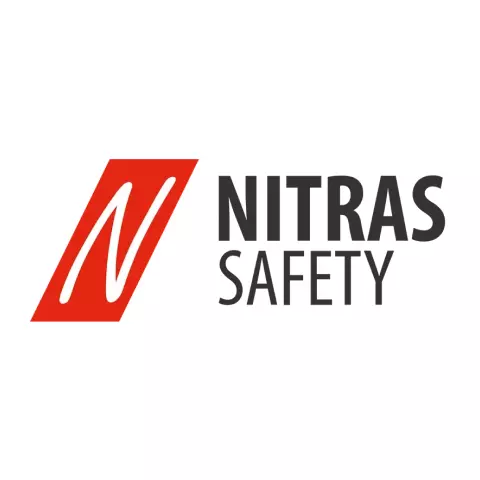Nitrile Gloves Cotton
5.0 / 5
Product description
NITRAS nitrile gloves, cotton jersey, natural colour, nitrile coating, blue (colour code: 2216), 3/4-coated, knitted wrist
About Coated Work Gloves
Coated Work Gloves feature specialized protective layers over fabric bases, providing enhanced grip, abrasion resistance, and protection from workplace hazards. Designed for industries like construction and manufacturing, these durable gloves offer the perfect balance of protection and dexterity for demanding tasks.
- Chemical Resistance
- Hand Protection
Standards and labels
Nitras delivery terms
Free delivery when you order more than 150,00 € from Nitras
Supplier shipping fee 5,00 €
Brand minimum 0,00 €
12,26 €
Price per 12 pairs
1,02 € / pair
Shipping fee is 5,00 € for orders under 150,00 €
A package contains 12 pairs



